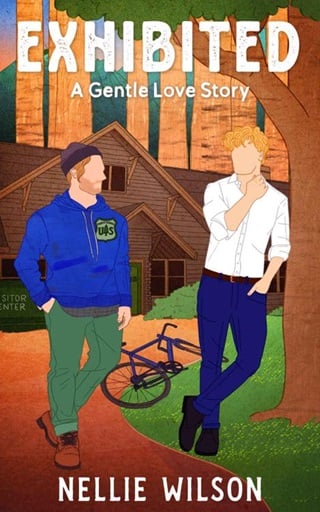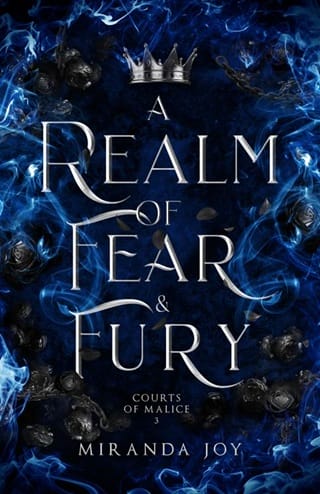36. Davis
Davis kept all his wood burning equipment in a dusty workshop. It wasn’t much, just some nicer pencils, a printer, the solid-point burner that he had brought from West Virginia, and a wire-nib burner that he had splurged on the first time he’d gone into Vanberg and found a store that sold the equipment. He was still processing Jeremy’s request about the signage; Davis still didn’t feel like he was contributing a lot to the exhibit, mostly vague ideas and the occasional tangent about a keystone species and the importance of old-growth forests.
“So how did you get into this?” Jeremy asked, leaning against the table.
“Community college,” Davis replied, plugging in the solid-point burner. “I entered with no major and no idea of what I wanted to do, just the vague sense that I should probably do something with my life after high school that wasn’t just working.” He pulled out a piece of scrap wood, a nice piece of poplar that would be easy to burn. Davis preferred a harder wood when he worked on signs, but this would be perfect to teach Jeremy. “I lucked out with an adviser who had me try a lot of things, including a bunch of one-credit classes that met for, like, forty-five minutes once a week. I was trash at the child development class, but woodburning was fun. It’s just tracing, so you don’t really need many art skills.”
Jeremy rolled his eyes. “That’s hogwash.”
Davis laughed and mouthed hogwash? back at Jeremy.
“I dunno, I was trying to be folksy, out here in the mountains,” he laughed. “But, like, we started my art classes by doing our own replications of artistic styles. Tracing to understand how a figure was put together. That takes skill, too. Plus, it’s something you do with your hands, so there’s technique there.”
“Okay, Picasso, I trust you,” Davis laughed back. “Anyway, I will sketch out what I want to burn in the wood, and then you trace it. There are different pieces for shading and different textures and thicknesses, but it’s very simple at its core.”
Jeremy picked up a pencil and twirled it in his hand, then drew a simple heart on the piece of wood. “So I can just burn this?” he asked.
“Basically,” Davis said, then proceeded to let Jeremy know where he should and shouldn’t touch on the burner, showed him a scar on the inside of his right ring finger that came from gripping the burner too close to the tip. Davis enjoyed the way Jeremy focused as he put the burner to the wood, then bit down on his tongue as he immediately applied too much pressure, then pulled back to apply too little, creating an inconsistent line. “Lines are tricky,” Davis said by way of encouragement.
“I’ll stick to charcoals and leave the wood to you,” Jeremy said, cocking his head and taking in the uneven heart.
“It’s beautiful, but it needs one more thing,” Davis said, picking up the burner from its rest. Jeremy made a steady stream of comments— all positive, all full of praise that went straight to Davis’s heart— about Davis’s grip and the steadiness of his technique. “There,” Davis announced, setting down the burner again.
He stood up and showed Jeremy the D + J he had drawn in the heart.
“A true work of art,” Jeremy said, pressing a kiss to the back of Davis’s neck, and Davis felt his smile against his skin.
 Fullepub
Fullepub 



